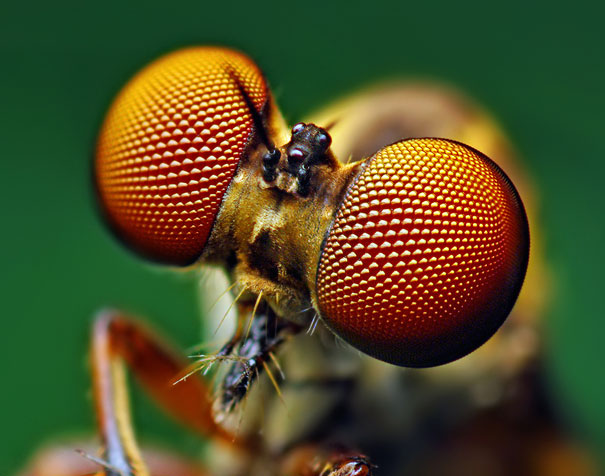Example 3D Model Using the 3D-360
This 3D model includes alignment errors……. and we know how to fix them. Our objective is to develop an automatic 3D model creation system, and we know from experience that the errors will get smaller as our calibration process is refined. Below is a description of how this model was made using images from Proto-4F of our 8-camera 3D-360 scanner.
A 3D model requires images from multiple perspectives, so for this model we scanned from 4 different locations: two scans from a high perspective with the scanner cameras at 6 feet, and two low scans with the scanner 3 feet above the floor. Once the scans were completed (all of the pictures have been taken and downloaded) the images from the 4 scans were processed using our automatic 3D reconstruction software. This processing resulted in 4 “point clouds” of 3D data: one point cloud for each scan. Next the 4 point clouds were aligned with each other to create a single “point cloud” of, in this case, 20 million points.
Point clouds are a precise, but inefficient way to format and store 3D data. Point clouds for 3D data can be compared to the BMP format for 2D images. Just as compressed JPEGs are about 10x more efficient than uncompressed BMPs for storing 2D images, triangular meshes are a more efficient way to store 3D data than uncompressed point clouds. Meshes are efficient because a group of 3 points for a single triangle can replace thousands (or millions) of points if the points are in a plane. Decades of work from people around the world has resulted in mature procedures to generate meshes from point clouds. Our current meshing routine turned the 400 Mbyte “point cloud” of 20,000,000 points into a 20MB mesh of 24,000 triangles. In the future we will use more efficient meshing procedures that produce better meshes with even fewer triangles.
After meshing we have a 3D model of the area that was scanned, but at this point the mesh is not photorealistic. We make the model photorealistic by “projecting” the original color images taken during the scanning process onto the mesh. This automatic process is called “texture projection,” and when it is done well it results in a photorealistic 3D model.
Texture projection works very well when everything is correctly aligned and registered, but alignment errors can rapidly build on each other and produce errors that make a model look bad. The alignment errors in this process come from several different sources in the calibration/scanning/processing pipeline:
– Lens distortion correction errors inside each camera
– Alignment errors between the left and right camera in each of the 4 pairs of cameras
– Alignment errors between each of the 4 pairs of cameras
– Alignment errors between the 4 scans
These are all well defined problems that we are working on. We could proceed slowly and reduce the errors by recalibrating the existing Proto-4F 3D-360 camera system. This approach would take weeks and it could cut the errors in half a few times, but it cannot correct the built-in limitations of our current lenses and calibration facility.
Another option is to build on our two plus years of experience with the Proto-4x family and design a new Proto-5x series. The new design will have more lenses, higher resolution sensors, faster processors (ARM/AMD Fusion/Tegra/FPGA/other?), and it will be calibrated with a 10x larger “calibration bunker.” I am currently working on Proto-5x designs, and a key characteristic may be to increase the number of cameras from the current 8 to 32, or even as many as 100. A large array of inexpensive lenses can cost less and outperform a small number of expensive lenses. The trick is to design a manufacturable and and inexpensive array of sensors, lenses and processors. While a design with up to 100 camera may sound extravagant, remember that the fly’s eyes have over 1,000 lenses:

Because Proto-5x will require the design, layout, fabrication and testing of a new camera/processor board, this approach will take at least four months. Software porting, calibration, and testing could add another 4 to 8 months to the process. Depending on the final design, the Proto-5x family could reduce the errors by a factor of 10 or more.

Interesting information. Looking forward to seeing more.